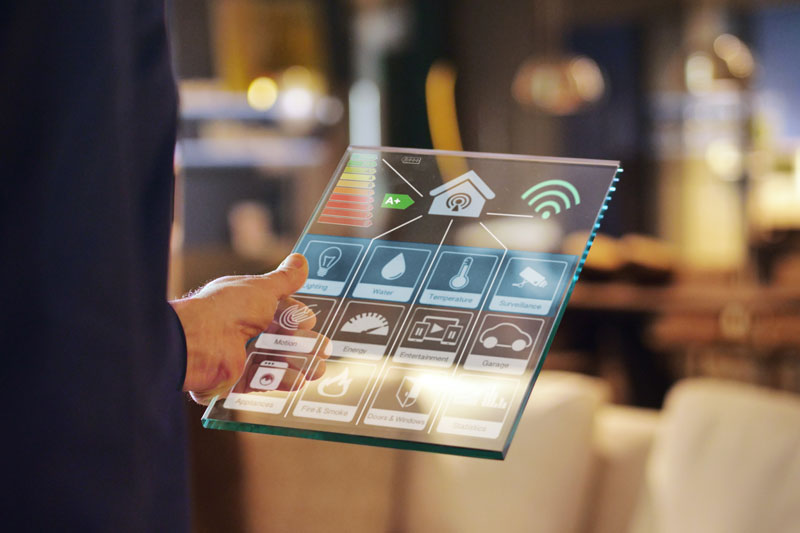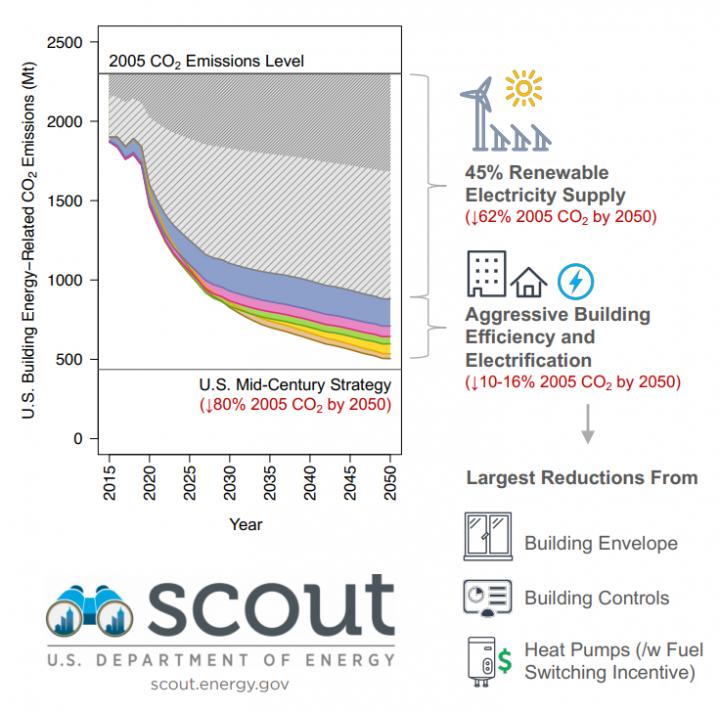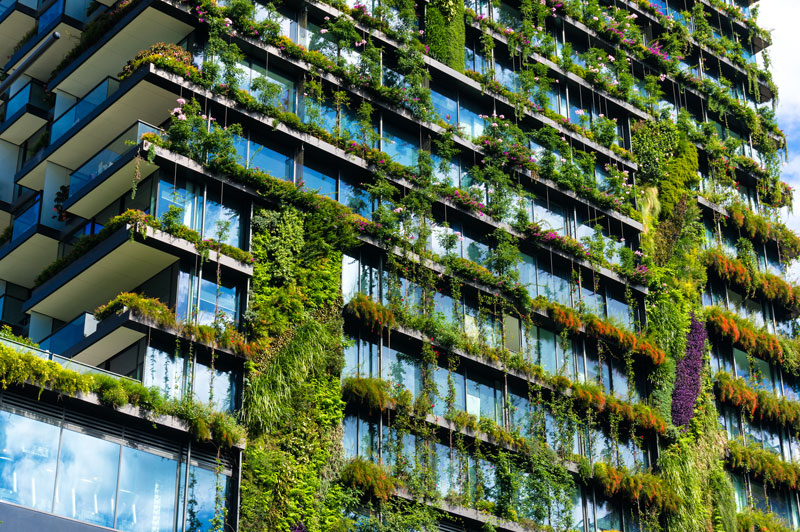
25th August 2019 New model shows how buildings could slash their carbon emissions by 80% by 2050 A combination of energy-efficient technologies, smart building controls, and the electrification of systems that currently use fossil fuels could play a major role in cutting CO2 emissions, according to a new study.
Energy use in buildings – from heating and cooling your home, to keeping the lights on in the office – is responsible for over one-third of all carbon dioxide (CO2) emissions in the United States. This month, researchers at two U.S. national laboratories have published a new model that shows it is technically possible to slash these emissions by almost 80% by 2050, potentially forming a major part of efforts to address climate change. Reaching this target would require the installation of highly energy-efficient technologies, new operational approaches, and electrification of building systems that currently use fossil fuels directly, alongside an increase in the share of electricity from renewable energy sources. The researchers' work appears in the journal Joule. "Buildings are a substantial lever to pull in trying to reduce total national CO2 emissions, since they are responsible for 36% of all energy-related emissions in the United States," says Jared Langevin, a scientist at Lawrence Berkeley National Laboratory and lead author of the study. "Because the buildings sector uses energy in a multitude of ways and is responsible for such a large share of electricity demand, buildings can help accelerate the cost-effective integration of clean electricity sources on top of contributing direct emissions reductions through reduced energy use." To estimate the magnitude of possible CO2 emissions reductions from the U.S. buildings sector over several decades, the researchers considered three types of efficiency measures: • Technologies with higher energy performance than typical alternatives, such as dynamic windows and air sealing of walls; • Sensing and control strategies that improve the efficiency of building operations; and • Conversion of fuel-fired heating and water heating equipment to comparable systems that can run on electricity. They also considered how parallel incorporation of renewable energy sources into the electric grid would shift emissions reduction estimates from each building efficiency measure and the buildings sector as a whole.
"While building CO2 emissions are quite sensitive to the greenhouse gas intensity of the electricity supply, measures that improve the efficiency of energy demand from buildings need to be part of the solution," Langevin continues. "Getting close to the 80% emissions reduction target requires concurrent reductions in building energy demand, electrification of this demand, and substantial penetration of renewable sources of electricity – nearly half of annual electricity generation by 2050. Moreover, buildings can support the cost-effective integration of variable renewable sources by offering flexibility in their operational patterns in response to electric grid needs." Examining results for specific efficiency measures, the researchers identified two particularly promising avenues for reducing emissions. The first involves energy-saving retrofits and upgrades to walls, windows, roofs, and insulation – the so-called building "envelope" – approaches that can also boost living and working comfort for building occupants. The second focuses on smart software that is capable of optimising when, where, and to what degree energy-intensive building heating, cooling, lighting, and ventilation services should be provided.
The researchers stress that making these long-term benefits a reality will depend upon complementary action by policymakers, manufacturers and vendors, building service professionals, and consumers, as Langevin explains: "Regulations and incentives that support the sale of more efficient, less carbon-intensive technology options, research and development that drives breakthroughs in technology performance, aggressive marketing of those technologies once developed, training for local contractors charged with technology installation, and consumer willingness to consider purchasing newer options on the market are all needed to achieve the 80% emissions reduction goal by 2050," he says. To promote the transparency and repeatability of their analysis, the researchers have published their efficiency measures and results data, all generated using a model called Scout, which is updated annually to reflect key changes in the building and energy sectors. "We look forward to periodically revisiting this analysis to reassess where emissions from the buildings sector stand relative to the 2050 target – under both business-as-usual and more optimistic scenarios of efficient technology adoption and renewable electricity supply," concludes Langevin.
Comments »
If you enjoyed this article, please consider sharing it:
|









